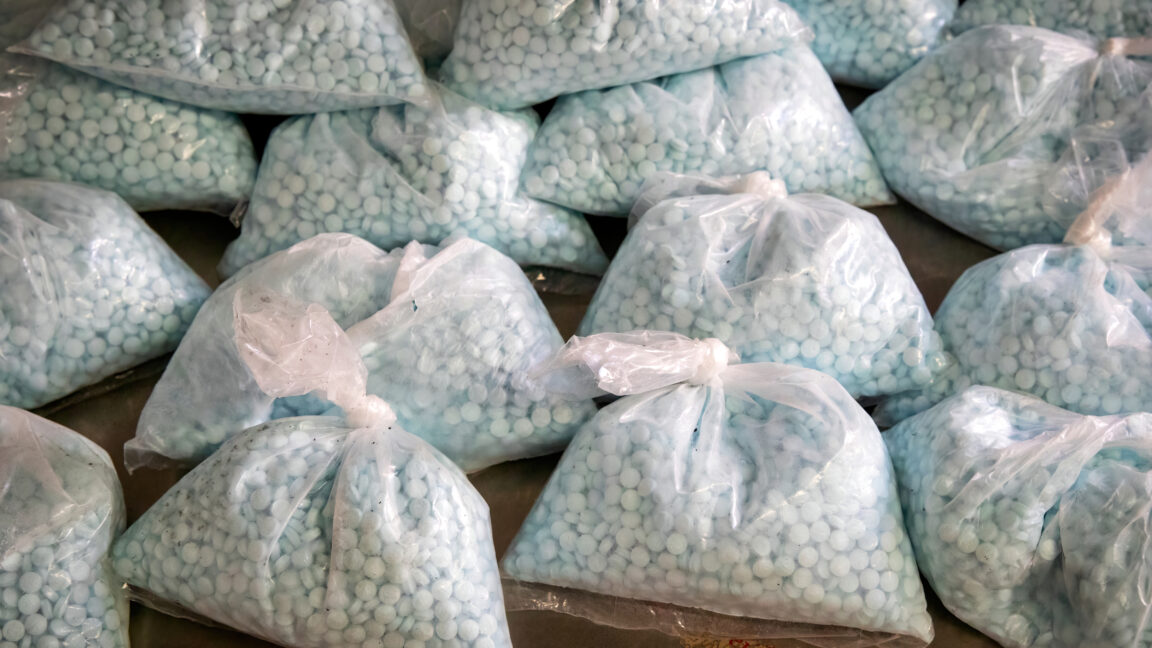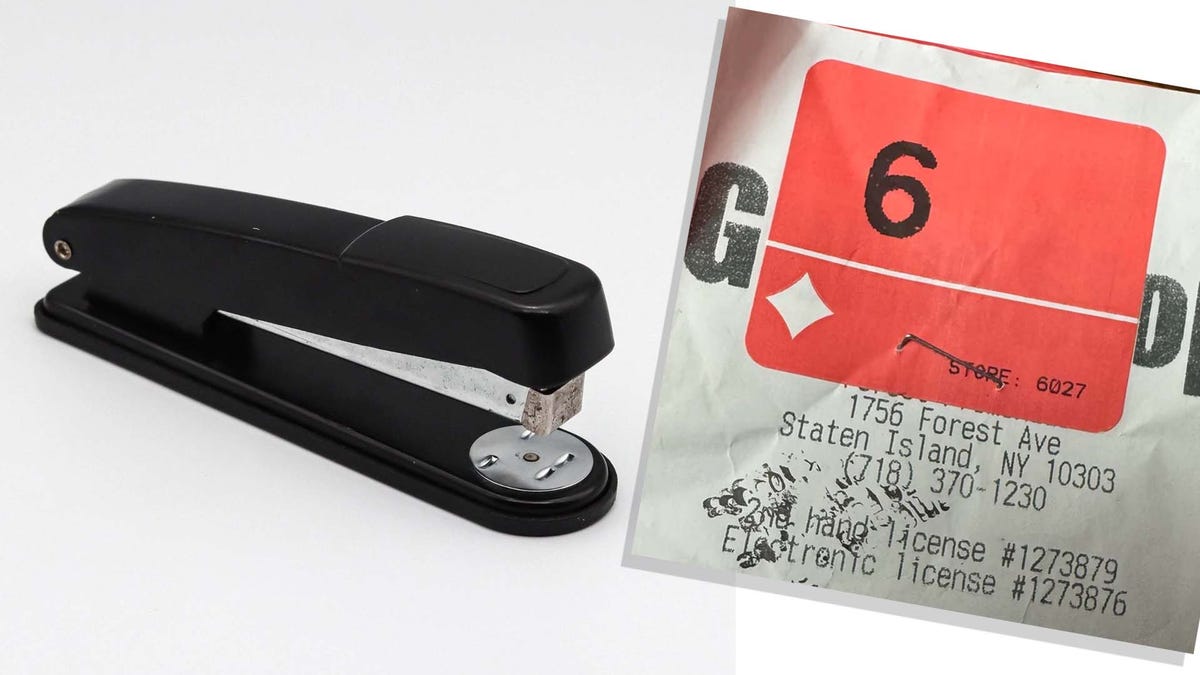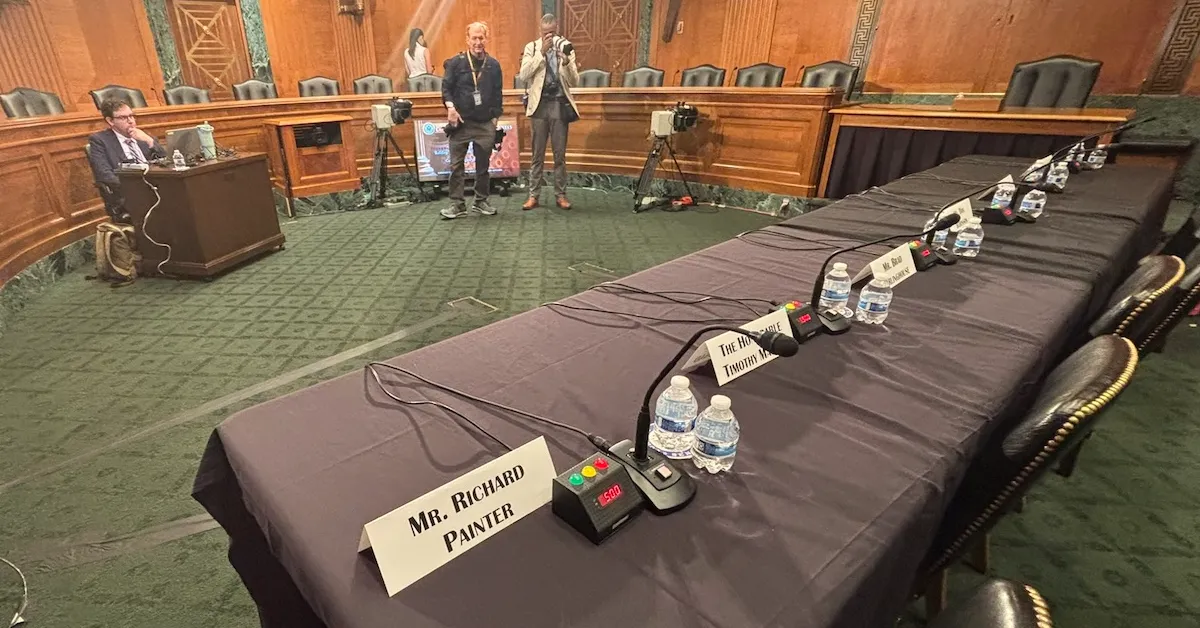Weird chemical used in plastics has erupted as latest fentanyl adulterant
It's unclear why the use of BTMPS has taken off—but scientists have some ideas.

In recent years, illicit drugs in the US have been cut with some high-profile and dangerous adulterants, such as the powerful veterinary sedative xylazine (aka tranq) and the yet more powerful veterinary sedative medetomidine. But last year, a new adulterant hit the streets. Unlike its predecessors, it didn't show up here and there and gain ground gradually; it seemed to show up everywhere at once and quickly overtook the market. Even more oddly, it's not a type of chemical one might expect in illicit drugs. It's not another sedative. In fact, it has no known psychoactive effects at all.
The chemical is bis(2,2,6,6-tetramethyl-4-piperidyl) sebacate, also called BTMPS, which is in a group of chemicals called hindered amine light stabilizers. BTMPS is usually added to plastics, coatings, and adhesives to protect them from weathering and UV radiation.
Researchers don't know why it's being added to illicit drugs—or what it does once it's there. BTMPS has never been tested in humans before given that it's never been intended for use in humans.































